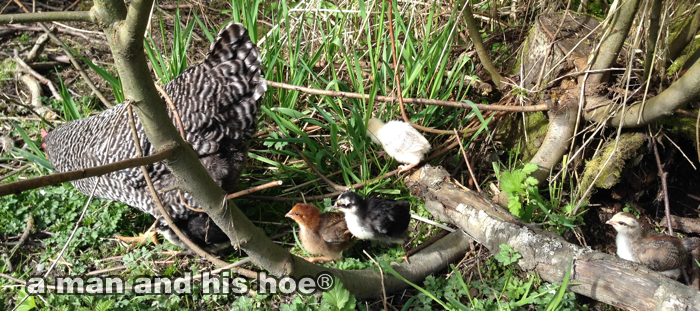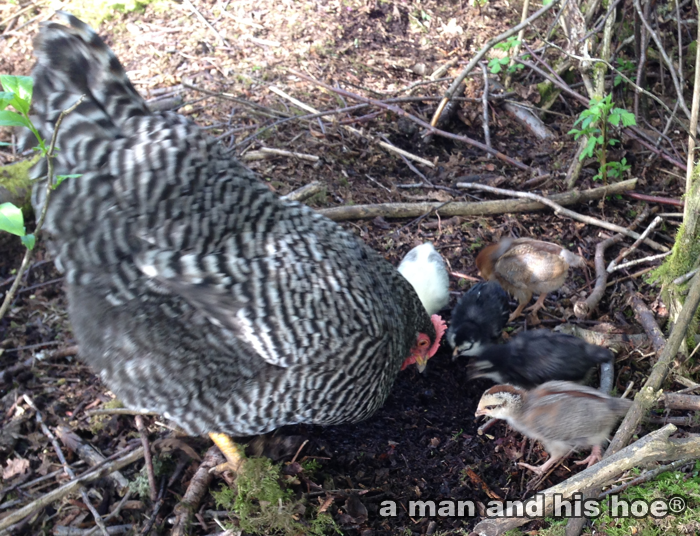Your cart is currently empty!
Tag: Agriculture
-
A Shovel Worth Having – and Made in Ohio to Boot
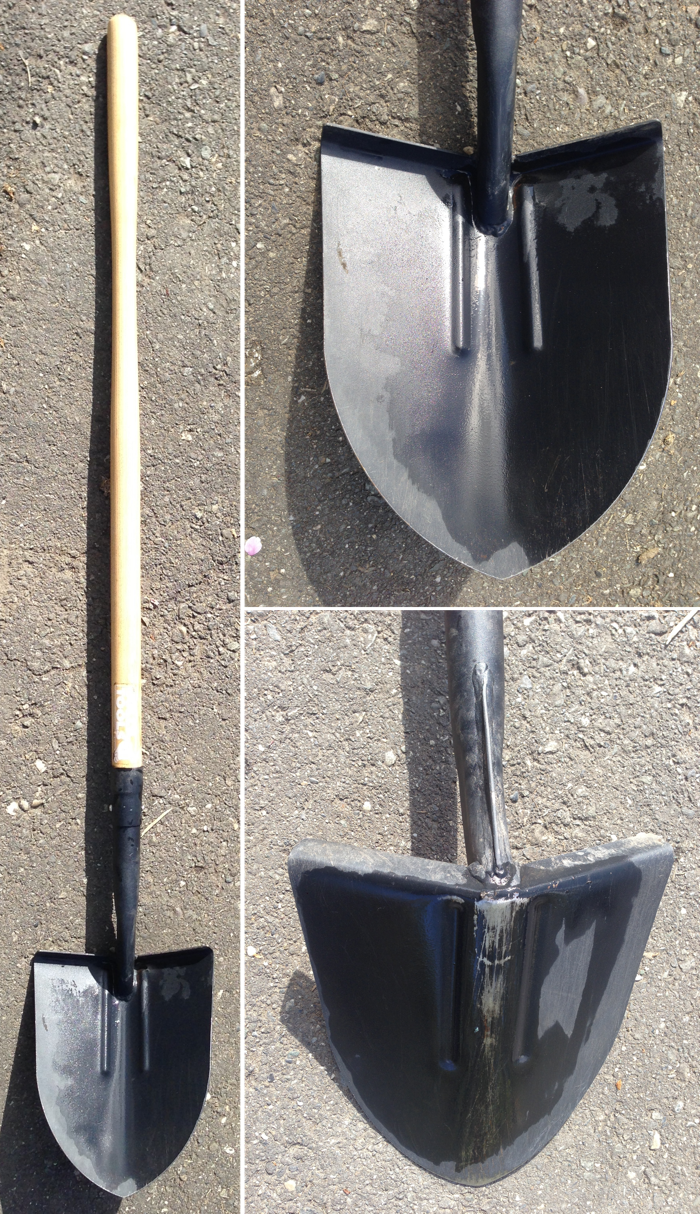
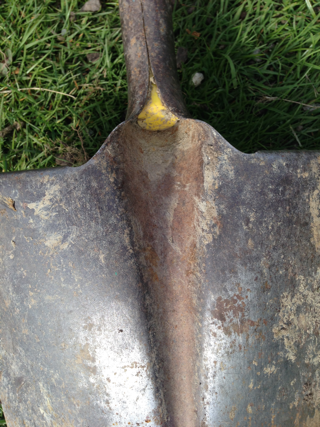
Good tools are indispensable when it comes to farming. And this is especially true with hand tools. A few weeks ago I found a sturdy shovel made by Bully Tools of Steubenville, Ohio, where they make all their tools. What impressed me about the shovel is that the back of the shovel head is sealed. Most shovel heads are not sealed in the back so when you use them, dirt gets clogged between the handle and the head. And if you’re dealing with any clay, they are a pain to clean.Since the head of the Bully Tools shovel is sealed in the back, there is no place for dirt to clog, making cleaning a breeze. You can see in the photo of a regular shovel, how easy it is for dirt to build up on the back of the shovel head.
The head is made of 14 gauge steel which means it is strong. The handles are made of ash. This is a shovel that last for years. Keep workers in Ohio employed. Make your next shovel a Bully Tools shovel.
-
Salad Recipe – Five to Ten Minutes
It’s fresh salad season here at a man and his hoe®, and I thought I’d share a simple salad recipe, one that I make nearly every day.
Step 1: Go into the vegetable garden and fill a salad spinner with leafy greens. There’s no need to pull out an entire plant. Pinch off the leaves you want and leave the plants to keep growing and producing more leaves. Today, I’m using Siberian kale and arugula leaves.
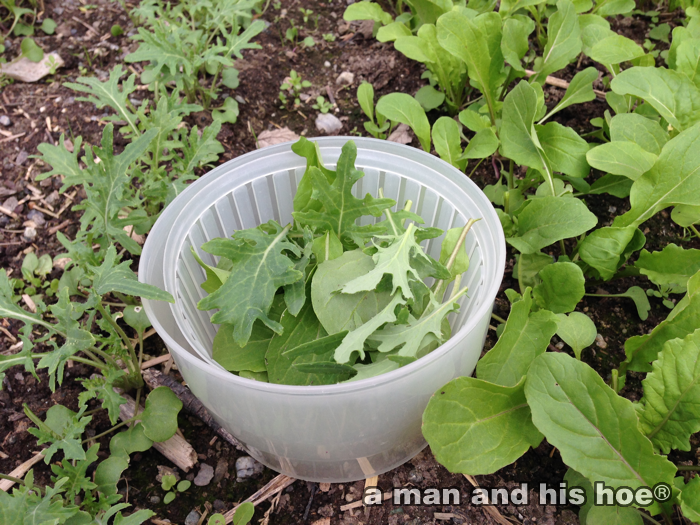
Step 2: Find some herbs, like oregano in your rockery, and add them to the pile of fresh greens.
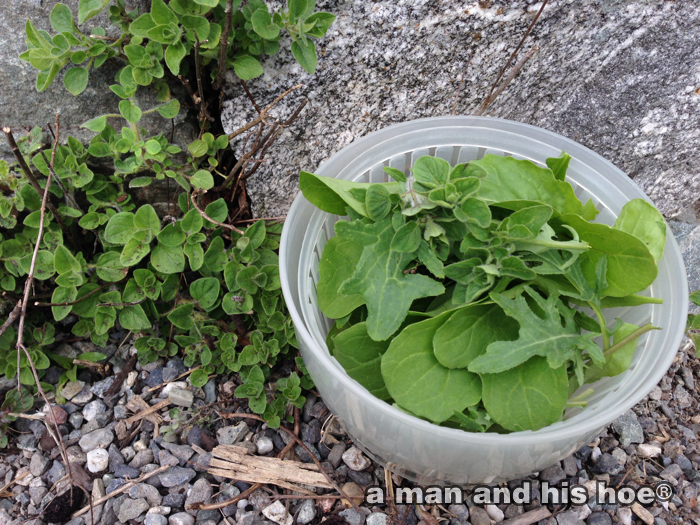
Step 3: Add some chives to the pile of fresh greens.
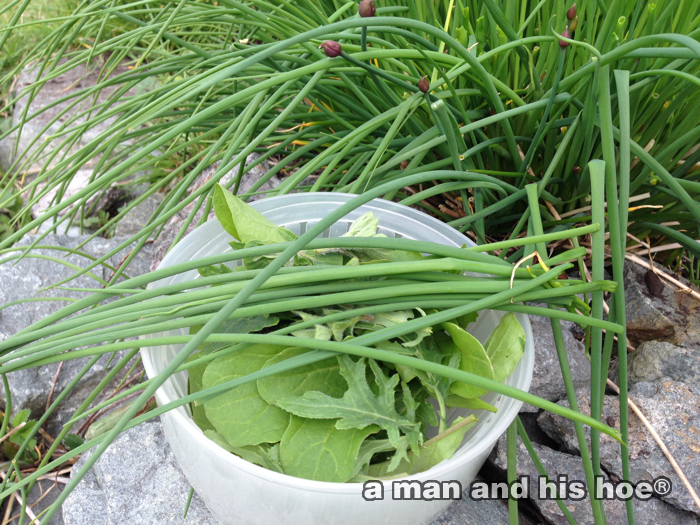
Step 4: As well as a few sprigs of mint.
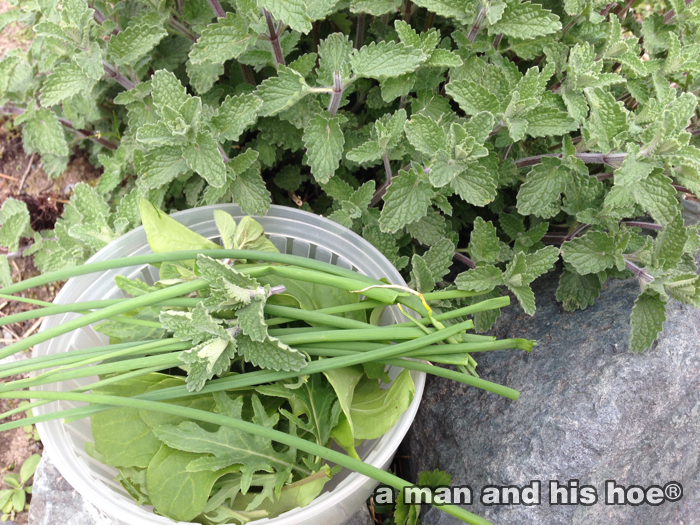
Step 5: Rinse and spin the greens. Chop up the herbs.
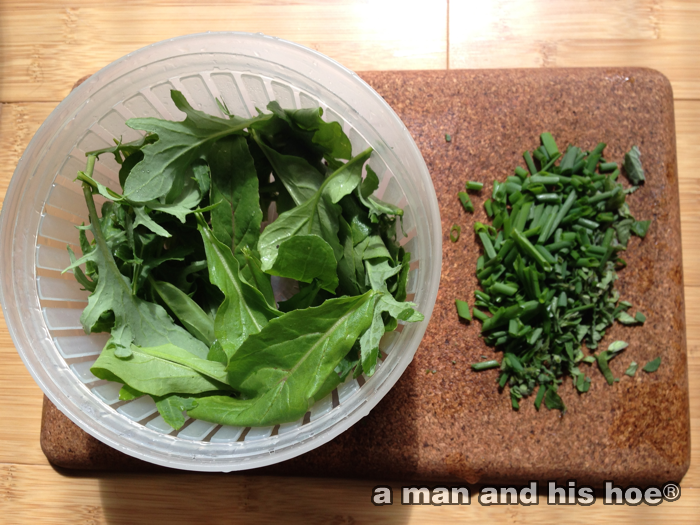
Step 6: Pile the greens on a salad plate. Top with the chopped herbs. And finish by drizzling the salad with balsamic vinegar.

There you have it. A fresh salad more delicious than any you’ll find in a restaurant, all for just five to ten minutes of your time. Food the way it was meant to be enjoyed.
-
An Afternoon by the Pond – Chickens in Paradise
Producing food is all about encouraging life. All kinds of life. And life is beauty, so in a way, producing food is about beauty.



So do you think the chicken you buy, or the hens who lay the eggs you eat, ever get to take a stroll by a pond on a sunny spring day?
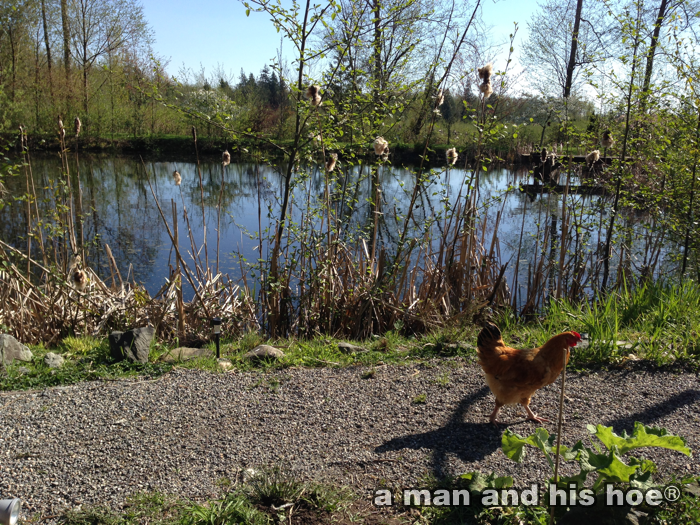

Do you think they ever get to walk along the shore of a pond and dig for things to eat in the mud by the pond? Maybe that should be a requirement for humanely grown chicken, that they have the freedom to go digging for food on the shores of a pond. How close to nature do you want your chickens and egg layers to live? Or has this inconsequential chicken farmer gone mad?
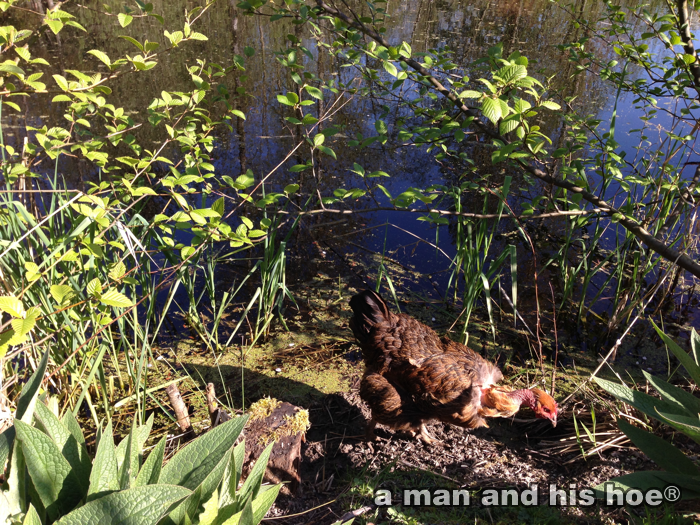
-
Enjoying the Sunshine
No, there’s nothing wrong with this hen. She’s just stretching to soak up as much sunshine as possible. When hens are out soaking up the sun, they’ll stretch their legs out and contort their bodies into hilarious positions. From what I’ve observed during eight years of keeping chickens is that time out in the sunshine is a necessity. Chickens really need lots of space to lay great eggs, and they need lots of time out in the sun.

So how do hens in a cage-free laying barn like that pictured below get to have their time out in the sun? They don’t, and neither do most of the hens who lay those cage free eggs you see in the supermarkets.
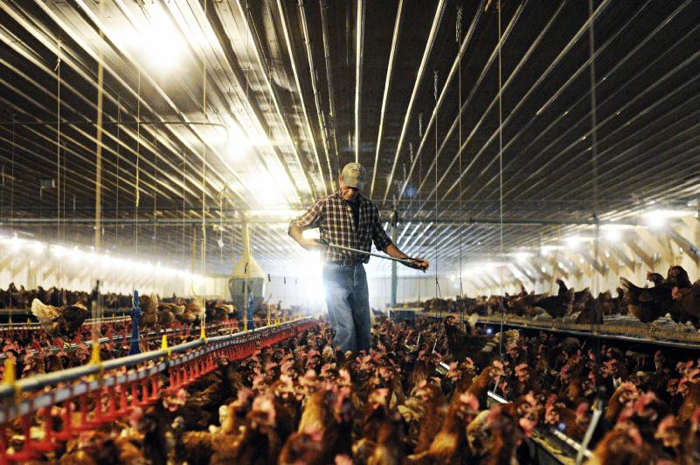
-
Where Chickens Like to Live
This is what chickens at a man and his hoe® roam through this time of year. The trilliums and bleeding hearts are up and blanket the forest floor. Various fruit trees will be blooming through May. As the flower petals fall, they provide the chickens with a feast.
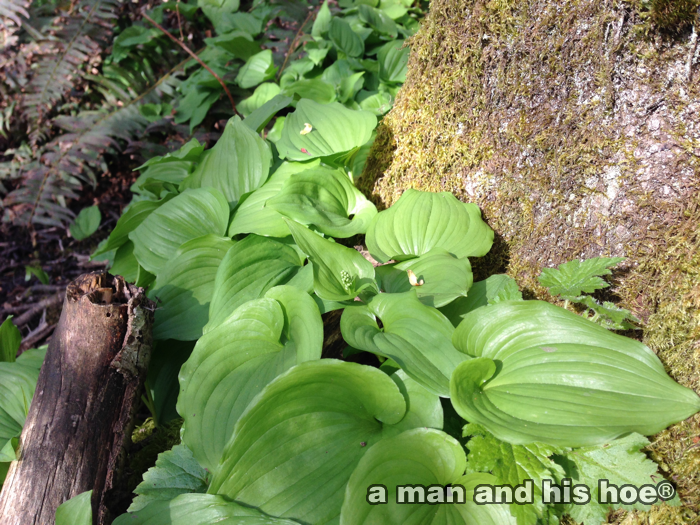
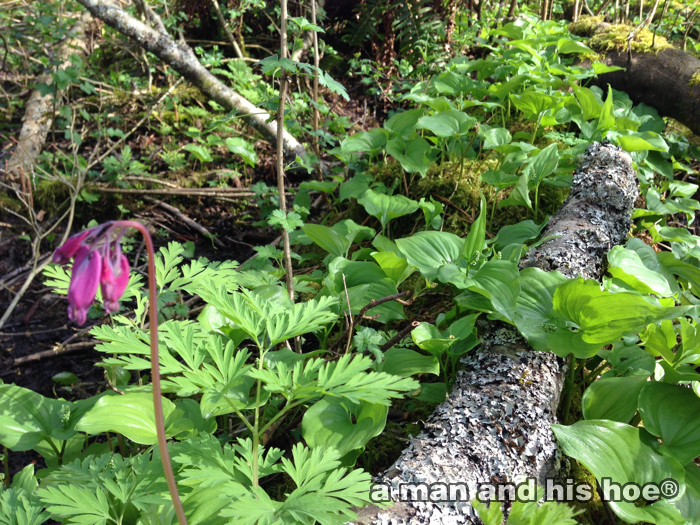


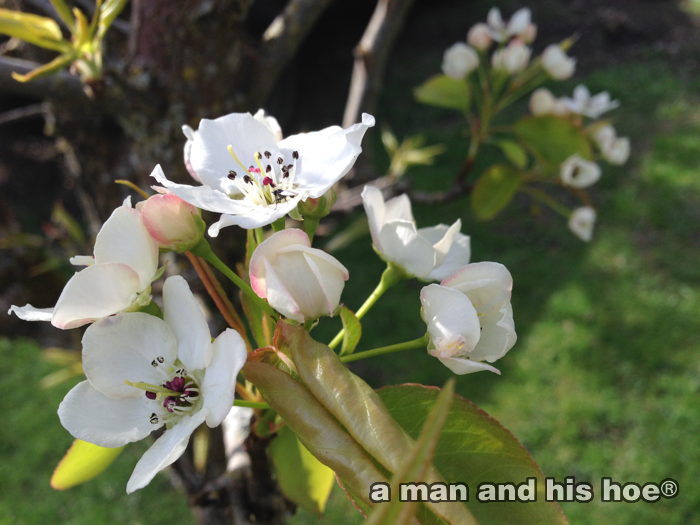
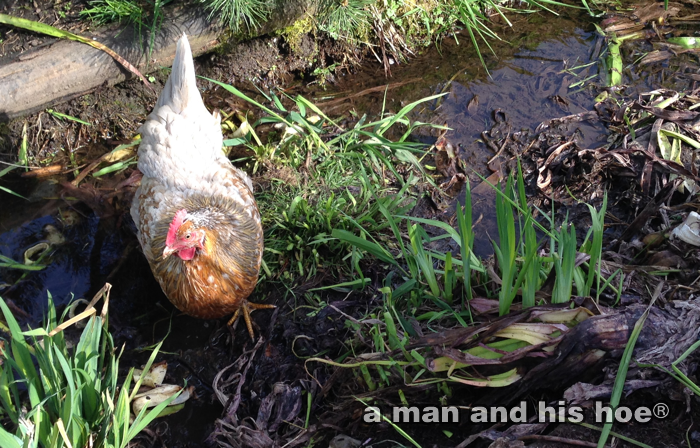
A forest is a perfect place to raise chicks. The high canopy and undercover provide protection, while the thick layer of decomposing leaves and branches provides a feast of organisms to eat. For chicks with a mother in this lush environment, every day is jam-packed with adventure.
